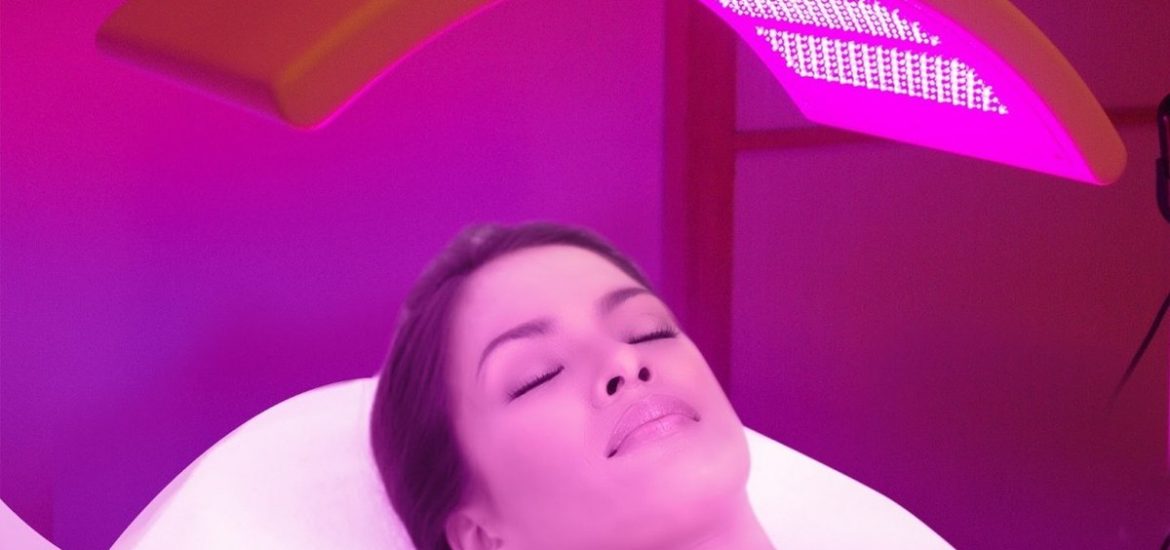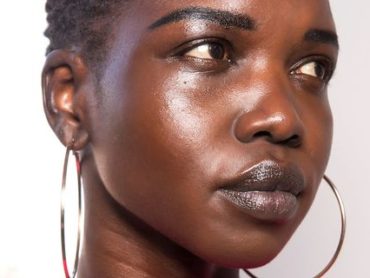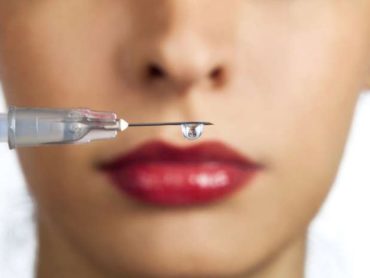n aesthetic dermatology, Photodynamic Therapy is a non-invasive technique ideal for reducing signs of aging, hyperpigmentation and fine lines, thus creating a younger complexion. It is based on the irradiation of small skin areas with red band LEDs, free of infrared and ultraviolet, for a short period of 2-3 minutes, following application of a cream based on aminolevunic acid in correspondence of the lesions. The applied molecule has the role of promoting an oxidative reaction to the diseased or damaging cells which, thanks to the subsequent application of light, are destroyed.
The technique is also used for the treatment of various pathological or aesthetic conditions affecting the skin: acne, lesions due to photo-damage or skin aging, actinic or solar keratoses, pre-tumor lesions and tumor lesions, basal cell carcinoma, cell carcinoma squamous. In order to guarantee long-term success, repeated sessions of photodynamic therapy are suggested.
A limitation of Photodynamic Therapy is the pain during exposure to red light. In these cases, the implementation of intense pulsed light or natural daylight may be useful. However, these protocols are not yet defined in cases of Bowen’s disease and basal cell carcinoma and therefore in these cases the classic photodynamic therapy with red light is recommended.
Hommel, Theresa, and Rolf-Markus Szeimies. “Photodynamic Therapy in Aesthetic Dermatology.” Photodynamic Medicine. 2016. 299-308.









